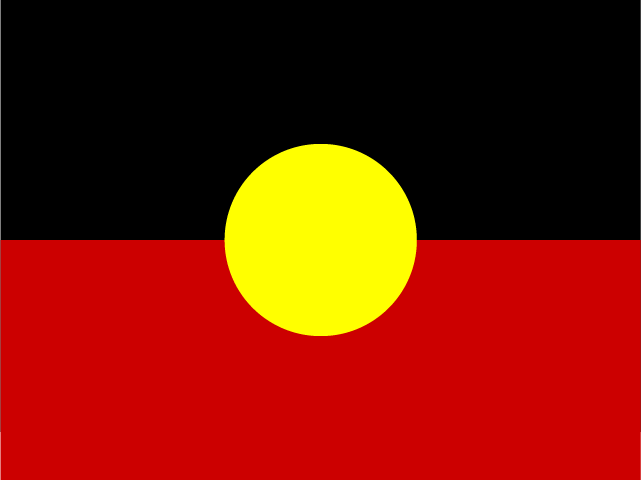It’s important to maintain good dental hygiene to avoid bad breath and tooth decay.
And it’s not just a cosmetic issue—cleanliness is next to healthiness when it comes to your mouth.
Figures before COVID times (remember those?) reveal that around 70,000 Australians went to hospital each year for potentially preventable dental health problems.
That’s because bad teeth can lead to major diseases, including:
- heart disease,
- respiratory infections,
- premature birth, and
- dementia.
And they can worsen existing health conditions.
What’s more, people with bad oral hygiene often find it hard to socialise; eye-watering breath and a less-than-sparkling smile makes some of us extremely self-conscious.
Thankfully, dental problems are mostly preventable with home care and regular checkups.
So, keep reading to find out what you can do to avoid visiting the dentist for anything more than a routine clean.
Follow these guidelines for dental hygiene:
- Brush twice a day. And for no less than two minutes. That’s the time it takes for your toothbrush to do a proper job of removing the sticky plaque* from teeth. Don’t forget your tongue or the roof of your mouth—those areas are ripe for unhealthy bacteria build-up, and bacteria can feed on sugar in the food and drink you consume and turn into acid and plaque, which can lead to tooth decay.
- Floss regularly. Before you brush, use a piece of waxy string called dental floss to get in between your teeth to remove the food particles your toothbrush can’t reach. Don’t be alarmed if you see a bit of blood in your saliva when you first start flossing. The more often you floss, the less you’ll bleed. Pro tip: when you floss, make sure you’re not just sticking the floss between your teeth – you have to use a scrape the gunky stuff off.
- Eat smile-friendly food. To stay healthy, your toothy pegs need protein and vitamins and minerals, including calcium and phosphorous. Make sure your diet is rich in fruits, nuts, chicken, cheese and vegetables. Fun fact: cheese can make your salivary glands produce more saliva which helps remove bad bacteria from your mouth for better oral health.
- Watch what you drink. Your beverage choices impact your teeth as much as your food choices do. Tap water is best – it contains fluoride and strengthens your teeth, keeps your mouth clean and fights dry-mouth. Milk is a close second because it protects tooth enamel, contains vitamins and calcium and can even reduce tooth decay. Also, just like sugary sweets and tobacco can ruin a healthy smile, too much alcohol and sparkling drinks can deplete calcium levels in your body, which impacts your teeth.
- Change your toothbrush like clockwork. Most of us should get a new toothbrush every three to four months. That keeps bacteria from building up on the bristles and ensures the bristles stay effective. You may need to change your brush sooner if the bristles start to look tatty. When shopping, opt for a soft brush as they’re more flexible – that’ll help you get into the hard-to-reach parts of your mouth.
- Master your brushing technique. Brushing your teeth the wrong way can really damage your mouth. For example, many people are guilty of brushing really hard really quickly in an attempt to remove plaque off. Unfortunately, all that scrubbing doesn’t work. Instead, it recedes your gum line, damages enamel and exposes sensitive parts of your teeth. Ouch!
- Visit the dentist regularly. During your check up, your dentist will look for damage and clean and polish your teeth, removing any hardened build-up using special tools. Ideally, you should visit your dentist for a checkup once every 6-12 months. In the meantime, follow points 1-6 to ensure your teeth and gums are clean the other 364 days of the year.If you’re unable to go to a private practice for a checkup, contact us to put your name on our public dental clinic waiting list.
Why is it so important to brush and floss every day?
It’s important to brush twice and floss daily because dental plaque—a sticky film that forms between your teeth and along your gum line when saliva, food and fluids combine–begins forming 4-12 hours after brushing. Plaque is the culprit for many oral health problems.
Read on to discover the ideal method for brushing and flossing.

How to brush your teeth
How often you brush, how long you brush and the technique you use are all super important. The following steps are recommended by the Australian Dental Association:
- Use a small, soft brush – hard ones can damage teeth and gums – and use a pea-sized glob of toothpaste containing fluoride.
- Tilt your brush at a 45-degree angle so the bristles are cleaning your gums too and brush gently, in circles. If you have an electric toothbrush, hold it still at each tooth for 3 seconds.
- Section your teeth into segments – inner, outside, and top chewing surfaces (don’t miss inside your front teeth. Brush up and down to reach those spots properly).
- Finish by brushing your tongue and the top of your mouth to remove excess bacteria
- Spit but don’t rinse your toothpaste out. That way, it can keep working longer.
- Brush for at least 2 minutes – it can help to set a timer or listen to a song.
Watch this video for a demonstration from the Australian Dental Association:
How to floss
Your toothbrush can’t reach the space between your teeth so it’s important to keep the gaps clean with a string of dental floss. Floss once a day for at least two minutes before you brush.
- Wind about 50 centimeters of floss around your middle fingers and rest it across your thumbs and index fingers.
- Use a gentle up-and-down motion that goes down one side of the tooth, just under the little collar of gum and then back up the other side. You might like to picture an on-the-side letter “C”).
If you find it too fiddly or awkward to floss, try one of the many flossing tools available. Tools like a floss holder or interdental brush can make things much easier.
Watch this video for a demonstration:
Still not sure if you’re flossing the right way? Ask your dentist to show you how to do it.
Set kids up with a healthy smile for life
Parents, once you’ve mastered your own oral hygiene, it’s time to pass that knowledge on to your kids! And it’s never too early to start. Find out how to look after your kid’s teeth.



